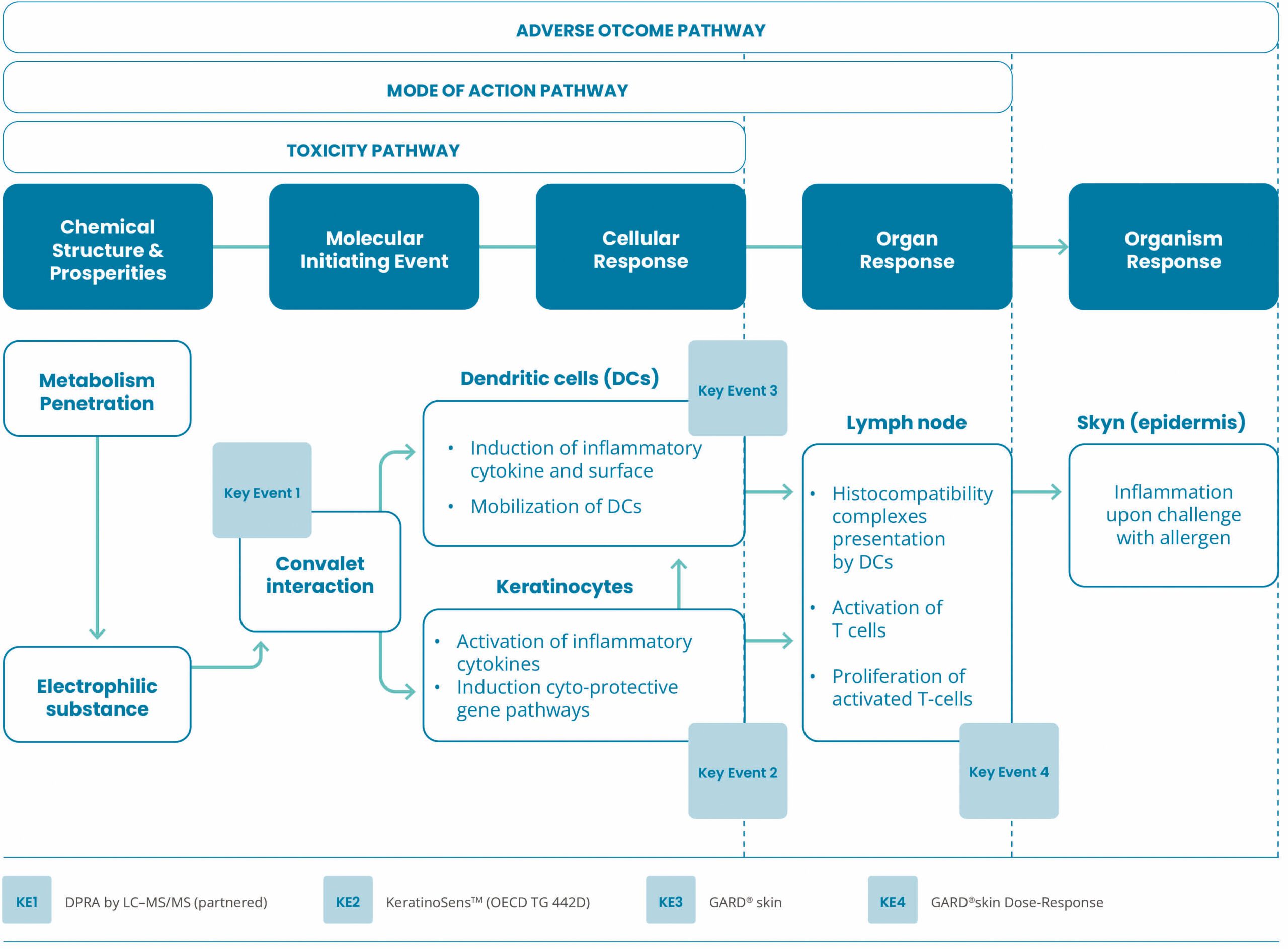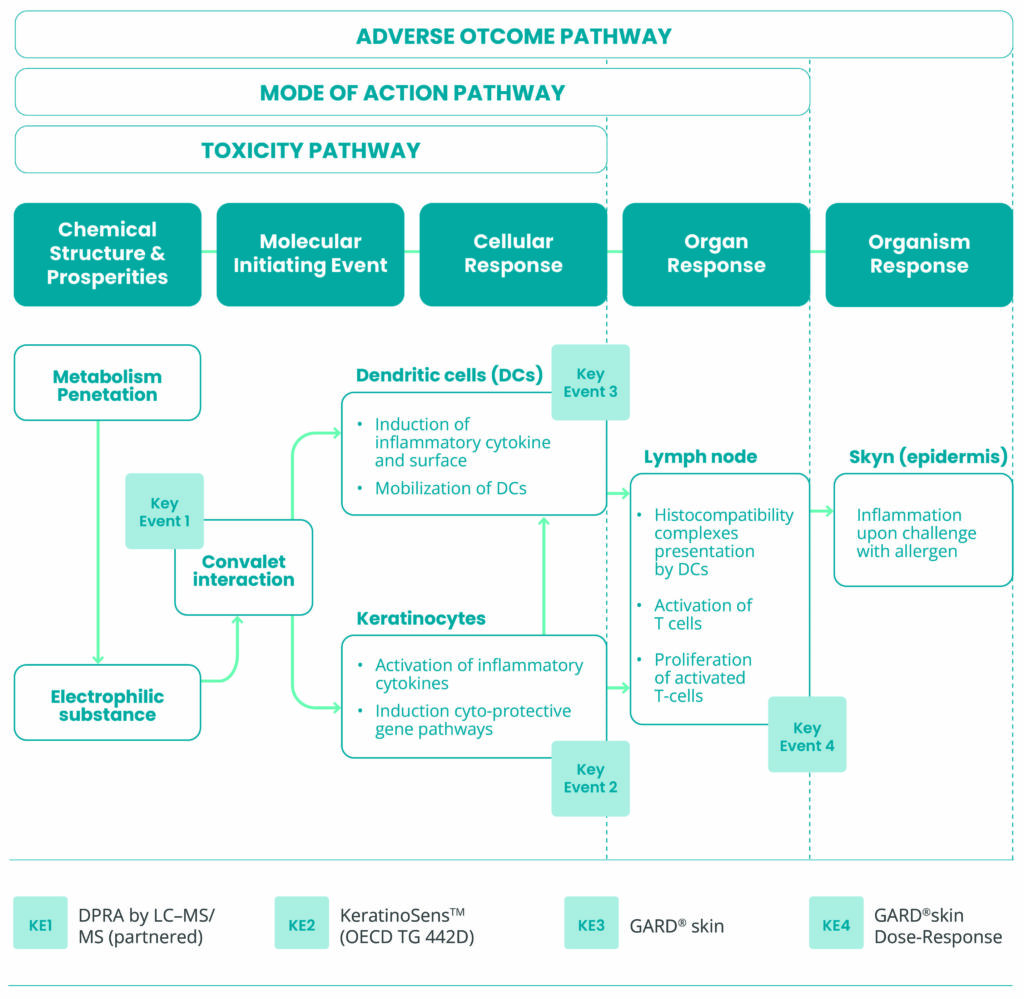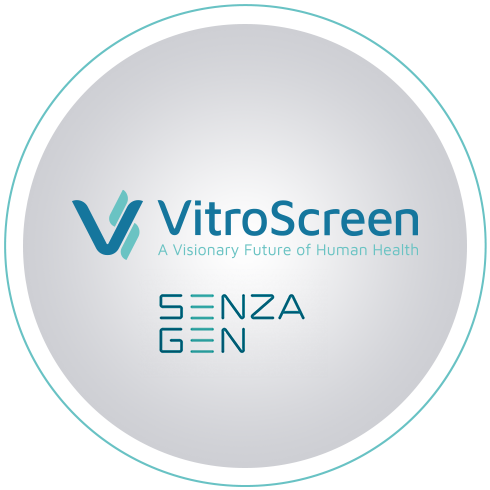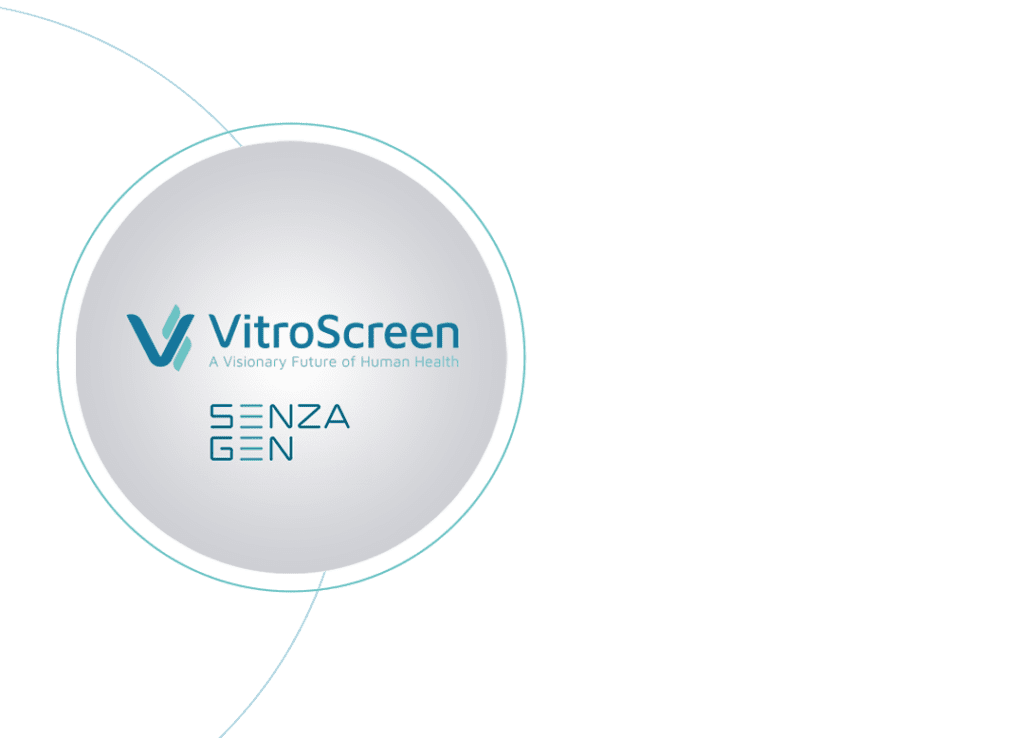Regulatory
& Consultancy
Regulatory
& Consultancy
Regulatory & Consultancy
Sensitization potential by Alternatives
The need for an integrated testing approach
Current regulatory status: the current knowledge of the chemical and biological mechanisms associated with skin sensitization has prompted the development of alternative (in silico, in chemico, in vitro) methods addressing specific key events (KEs) of the Adverse Outcome Pathway (AOP) process (ENV/JM/MONO(2012)10/ PART1 and PART2): the regulatory needs is to cover KE1, KE2 and KE3.Sensitization potential by Alternatives
The need for an integrated testing approach
Current regulatory status: the current knowledge of the chemical and biological mechanisms associated with skin sensitization has prompted the development of alternative (in silico, in chemico, in vitro) methods addressing specific key events (KEs) of the Adverse Outcome Pathway (AOP) process (ENV/JM/MONO(2012)10/ PART1 and PART2): the regulatory needs is to cover KE1, KE2 and KE3.


Source from ENV/JM/MONO(2012)10/PART1

VitroScreen & SenzaGen
experts working together to better address skin sensitization classification
VitroScreen and SenzaGen, experts in in vitro toxicology, have joined forces and work together to better address skin sensitization classification. Our combined approach provides a comprehensive understanding of a substance’s skin sensitization potential, aligning with the OECD’s Adverse Outcome Pathways (AOP) framework for regulatory compliance. This approach combines:- Keratinosens™ test (OECD TG 442D), representing keratinocyte response (AOP 2)
- GARD® skin test (OECD TG 442E), representing immunocompetent cell response (AOP 3)
- Over 90% prediction accuracy for identifying potential skin sensitizers.
- Robust and reliable results across various chemicals and mixtures.
VitroScreen & SenzaGen
experts working together to better address skin sensitization classification
VitroScreen and SenzaGen, experts in in vitro toxicology, have joined forces and work together to better address skin sensitization classification. Our combined approach provides a comprehensive understanding of a substance’s skin sensitization potential, aligning with the OECD’s Adverse Outcome Pathways (AOP) framework for regulatory compliance. This approach combines:- Keratinosens™ test (OECD TG 442D), representing keratinocyte response (AOP 2)
- GARD® skin test (OECD TG 442E), representing immunocompetent cell response (AOP 3)
- Over 90% prediction accuracy for identifying potential skin sensitizers.
- Robust and reliable results across various chemicals and mixtures.
